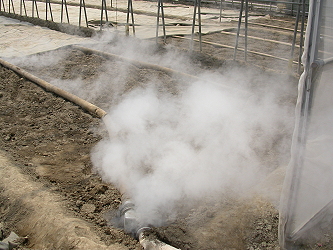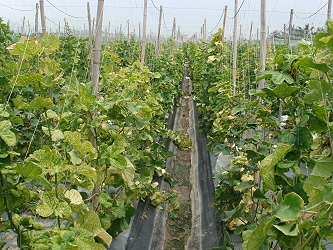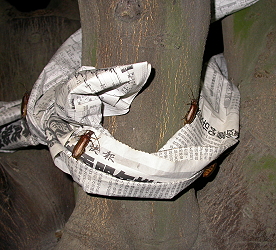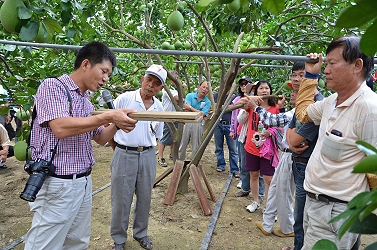Plant Protection
PLANT PROTECTION
The Station conducts pest and disease surveys and management studies to provide diagnostic services for major economic crops in Tainan district. Researchers cooperate with breeding programs to develop resistance tests for various varieties. Studies on integrated pest management (IPM) strategies, using natural enemy, entomogenous fungi on pests managment. Biological control strategies include screening of the entomogenous fungi, Beauveria bassiana, for the control of sweet potato weevil, and developing a trapping device to control coffee berry borer.
 Color stick-board and sex pheromone are used to reduce pest damage |
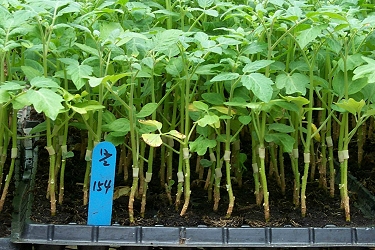 Grafting tomato scion on eggplant root stock can control bacterial and Fusarium wilts |
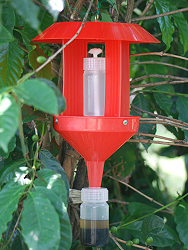 A trapping device to control coffee berry borer |
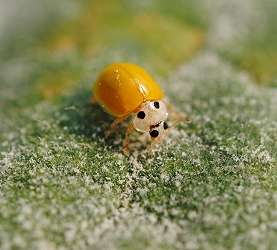 Illeis koebelei feeding on powdery mildew spores and mycelia |
 Sweet potato weevil infected by entomogenous fungi |
Studies are ongoing on the occurrence, ecology and control measures for rice tarsonemid mite. Key technologies are being developed for crop cultivation, and crop health management models have been established for pomelo, mango, oriental melon, cherry tomato and lima bean. GPS is used to monitor and to develop control measures for red imported fire ants and Philus antennatus.
|
|
|
|
|
Integrated pest management strategies have been developed for major fruit and vegetable crops in the district. The safe use of pesticides is recommended to farmers who display GAP (Good Agricultural Practice) labels. Seedling propagation and indexing systems were developed for Bamboo mosaic virus-free plants and potato. A monitoring system for new diseases and pests has been developed, which includes diagnostic services for farmers. The Station also teaches farmers to correctly use pesticides.

